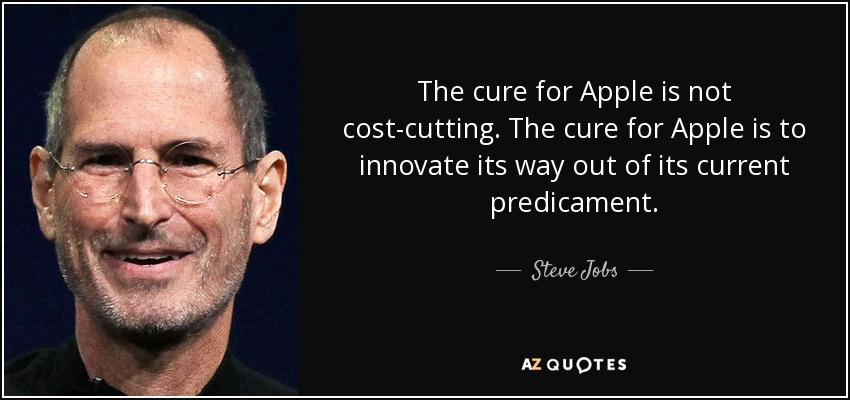Custa-me escrever este tipo de artigo em que digo mal de quem pede a baixa de impostos, mas tem de ser.
No postal "
I wonder..." que escrevi em Julho de 2008 criticava um hotel de 5 estrelas que cobrava 449€ por noite e que tinha uma promoção em que pagava as portagens de auto-estrada aos clientes. Criticava esse hotel por não conhecer os seus clientes-alvo. Em Janeiro de 2012 dava um exemplo de um
outro hotel com uma outra abordagem, muito mais adequada aos seus clientes-alvo.
Ontem à noite li este artigo "
IVA no golfe mais baixo pode atrair mais turistas para Portugal". Uma pessoa lê estes artigos e pensa:
- Esta gente é parva? Não, esta gente quer fazer de nós parvos!!!
Ora vejamos, comparem o início e o final do parágrafo:
"Os praticantes de golfe são dos turistas que gastam mais nos países por onde passam e a atividade desportiva ajuda também a combater um dos desafios que o turismo em Portugal enfrenta: a sazonalidade. Mas, neste campeonato, Portugal – que tem mais de 90 campos de golfe – não joga em pé de igualdade: “Há países que têm um IVA mais baixo para o golfe, como Países Baixos, Suécia e Polónia. É uma atividade em que os países concorrem uns com os outros; tens de concorrer com Espanha, Turquia e outros. A diferença na taxa do IVA entre as várias geografias faz uma grande diferença no preço”
E mais à frente:
"Portugal foi eleito em 2018, pela quinta vez, o melhor destino de golfe do mundo. O Algarve – onde estão localizados perto de metade dos campos – é o melhor destino do mundo para este desporto em 2020"
E ainda:
"Estes jogadores “ficam talvez por uma semana, em bons hotéis e gastam dinheiro em alimentação e museus. Os golfistas são dos turistas que gastam mais em termos mundiais. É por isso que a indústria do golfe é tão interessante. Os espanhóis entenderam isso muito bem, fazendo pacotes combinados para darem um IVA mais baixo. Talvez fosse uma boa ideia para Portugal”, diz Klootwijk"
O senhor Lodewijk Klootwijk, secretário-geral da Golf Course Association of Europe (GCAE), não é obrigado a saber, mas ao menos a associação podia ter algum apoio de assessoria em estratégia.
Dois tópicos: Quem são os clientes-alvo do turismo de golfe em Portugal? Qual o posicionamento do golfe de Portugal?
Vamos aos clientes-alvo:
- Acham mesmo que um cliente-alvo que escolhe bons hotéis e gasta muito está preocupado com o IVA?
- Acham mesmo que o melhor destino de golfe do mundo tem de ter um IVA baixo para captar turistas ricos?
Acham que o turista que faz golfe na Holanda escolhe a Holanda por ter um IVA mais baixo? Acham que o turista que faz golfe na Holanda em Janeiro e o que faz golfe em Portugal em Janeiro usam o IVA como critério?
Give me a break.
Costumo dizer que os maiores inimigos do liberalismo são alguns liberais, pedem coisas que não só são impossíveis no imediato como metem medo aos não liberais, e o que devia ser um processo evolutivo acaba por nunca acontecer. Também posso dizer que os maiores inimigos da descida dos impostos são os argumentos usados pelos defensores das descidas de impostos.
















